In early December, 2021, Jim Weiss, chairman of Real Chemistry, spoke with Dr. Monica Gandhi, professor of medicine at UCSF Medical Center, to understand how the Omicron variant differs from Delta and what we can do to protect ourselves today while concurrently building a safer future for tomorrow.
Delta vs. Omicron
“Omicron is about four times as transmissible as Delta,” stated Gandhi, kicking off the most recent in a series of podcasts for the MM+M/Real Chemistry Vaccination Project, “but there’s no doubt about it being less virulent. That data is very clear — those with Omicron are 80% less likely to be hospitalized than any other COVID-19 wave.”
The reasons for this, she continued, are either “because the population has so much more immunity from vaccinations or natural immunity (after you have been infected and your immune system responds by making antibodies to resist it), or simply that it is, as mentioned, less virulent.”
And while Gandhi feels certain that we’re going to see a lot of cases, she noted they will not be the same degree of severe illness that we saw with Delta.
The kids are all right
Since the start of the vaccine rollout, the older, more vulnerable populations were first able to be immunized, followed in succession by each younger generation, with the understanding that “severe disease is much more common in older people, especially much older people, so children are not nearly at as much risk from being infected,” Gandhi explained.
Today, with everyone save for those under the age of four eligible for vaccination, some are questioning whether it is necessary to immunize their children. Gandhi illustrated her thoughts on this by using her 11-year-old son as an example. “For the past two years, before he received his first dose, I felt safe having him be out and about because I knew he was at such a low risk for severe disease.”
When the age dropped, making him eligible for a vaccine, “I did get him vaccinated,” she noted. “I believe in vaccinations.” But this is a fortuitous opportunity to reinforce the strength of his immune system, rather than a do-or-die situation.
“The data out of South Africa shows that even with children who are hospitalized with COVID, 85% of them were there for something else,” said Gandhi, which means that “COVID-19 was not the reason for them being hospitalized. So I would say, feel free to go about your normal life with your children who are vaccinated, but even with those who are unvaccinated, you can also feel safe because they’re really not at risk.”
To mask, what mask? To test, what quarantine?
The politicizing of masks has largely abated, but many have been left wondering when to mask and which masks are best. “People who are at high risk of getting a severe breakthrough (immunocompromised people older than 65), those who haven’t been boosted, or those with multiple medical conditions, should wear masks,” said Gandhi, adding that the people around them should also mask up to keep them safe.
When it comes to the brand of masks, “I don’t think everyone needs to be wearing N95s,” she said. “The alternatives, depending on which fits you best and you find the most comfortable, are the new FFP2 masks, a KN95, KS94 or even a double surgical cloth mask.”
As for how best to protect yourself and others when doing what so many of us have longed to do — get together in celebratory groups — “If you’re asymptomatic (you have no symptoms, and you’re vaccinated) you’re not going to wildly spread the virus,” Gandhi explained. “You should test if you’re not feeling well; if you’re vaccinated, but you have symptoms, I would test in that situation.”
The quarantining rules, which have also recently changed, can be confusing to follow. “If you’ve been exposed to the virus, test; if you’re negative, go about your day,” opined Gandhi, adding that we need to change our isolation procedures. “Our isolation period should be five days based on the data from Delta and if you test negative after three days, return to work.”
Echoing part of an article she penned for The New York Times, she added, “We cannot restrict the population by case numbers. We need to return to living life as normal as possible, protecting the vulnerable, advising on the right type of masks and living as if this is normal, knowing that we have therapeutics for the unvaccinated and we know how to protect those at risk for severe breakthroughs.”
The data of advice
It is. Gandhi’s opinion that the duty of a public health officer is to offer information to the public purely based on data, not personal risk tolerance.
“I may have more risk tolerance for myself as a vaccinated and boosted person, but I have no risk tolerance for my 87-year-old father who’s going through chemotherapy,” she explained. “That means I will be buying masks for him and telling him what he’s supposed to be doing, but I can’t tell the entire public to do the same.” This, she noted, is called risk stratification. “We as public health officers have to advise people based on their own risks — not make blanket population recommendations based on personal tolerances.”
With a peak infection period forecast for mid-January, Gandhi envisions that it will quickly abate, resulting in “a lot of immunity in the population. Then I think we’re going to do really well. We’ll have therapeutics and learn how to live with this virus. Which we can. We have the tools.”

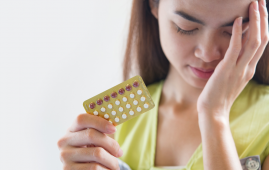
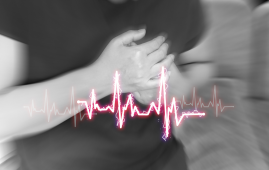


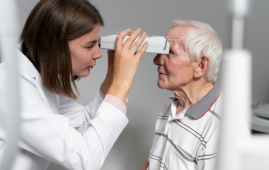


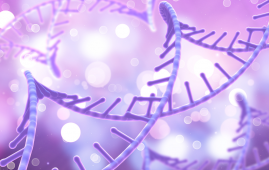

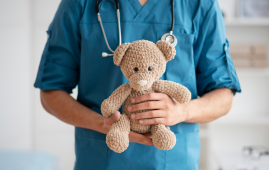
Leave a Comment